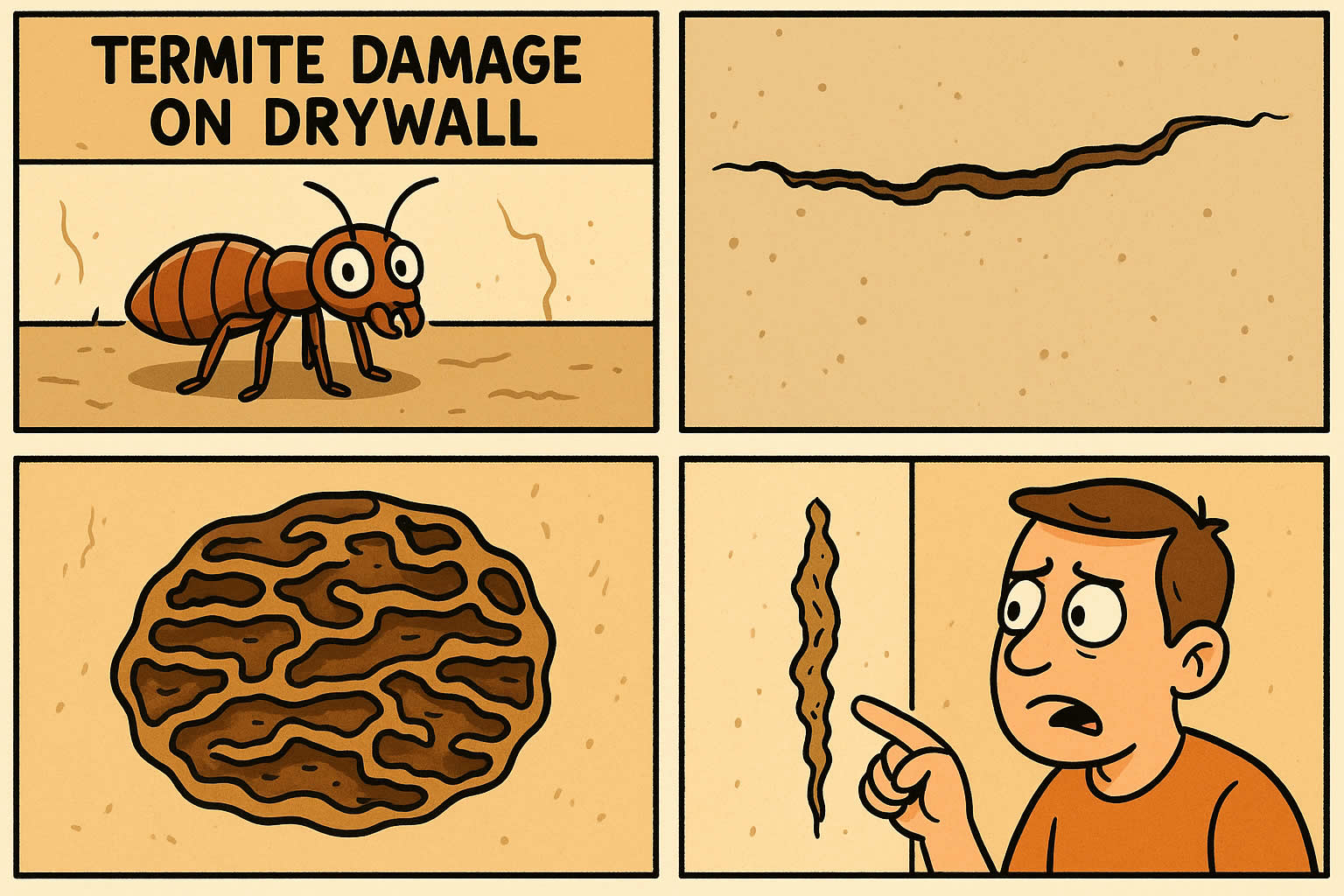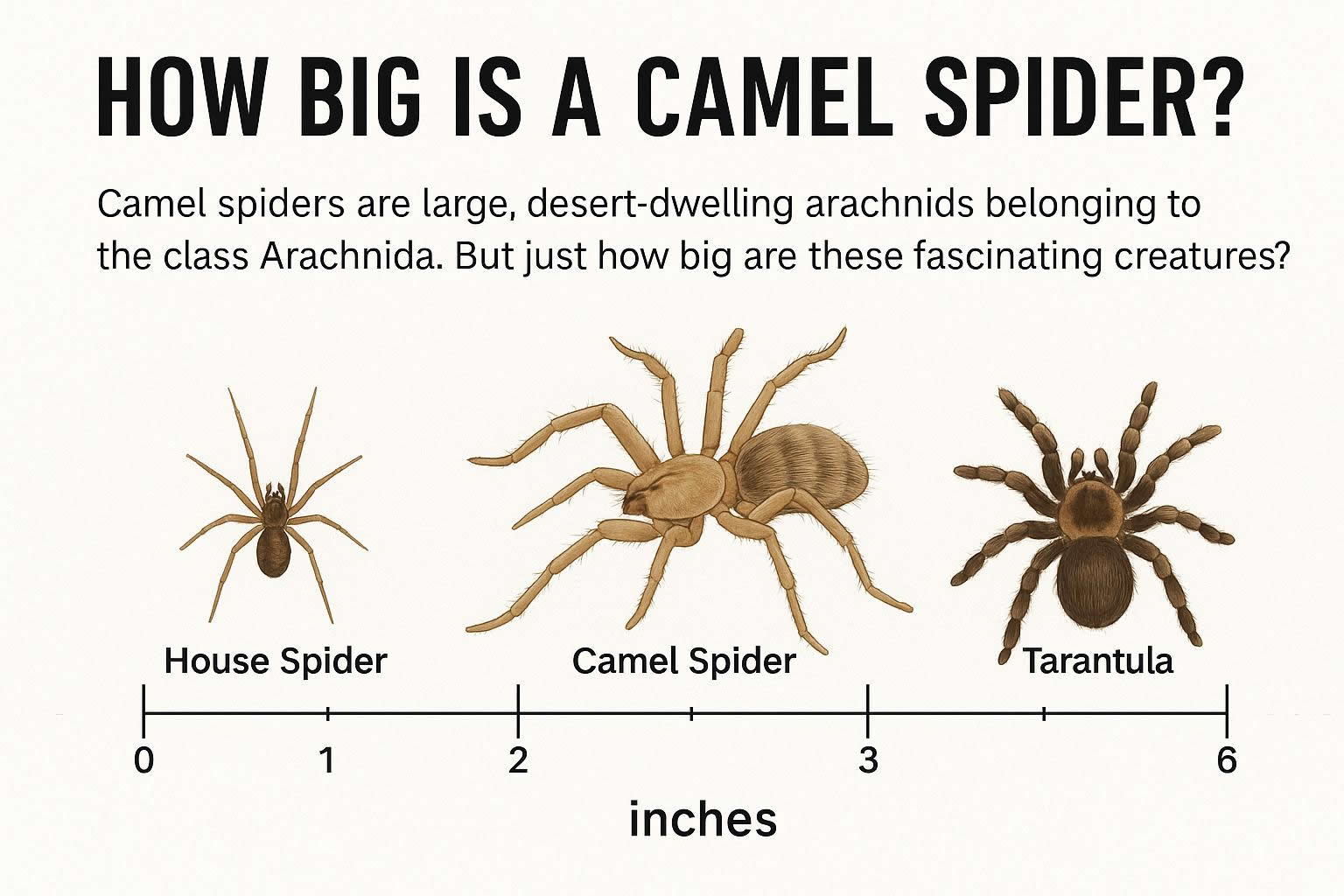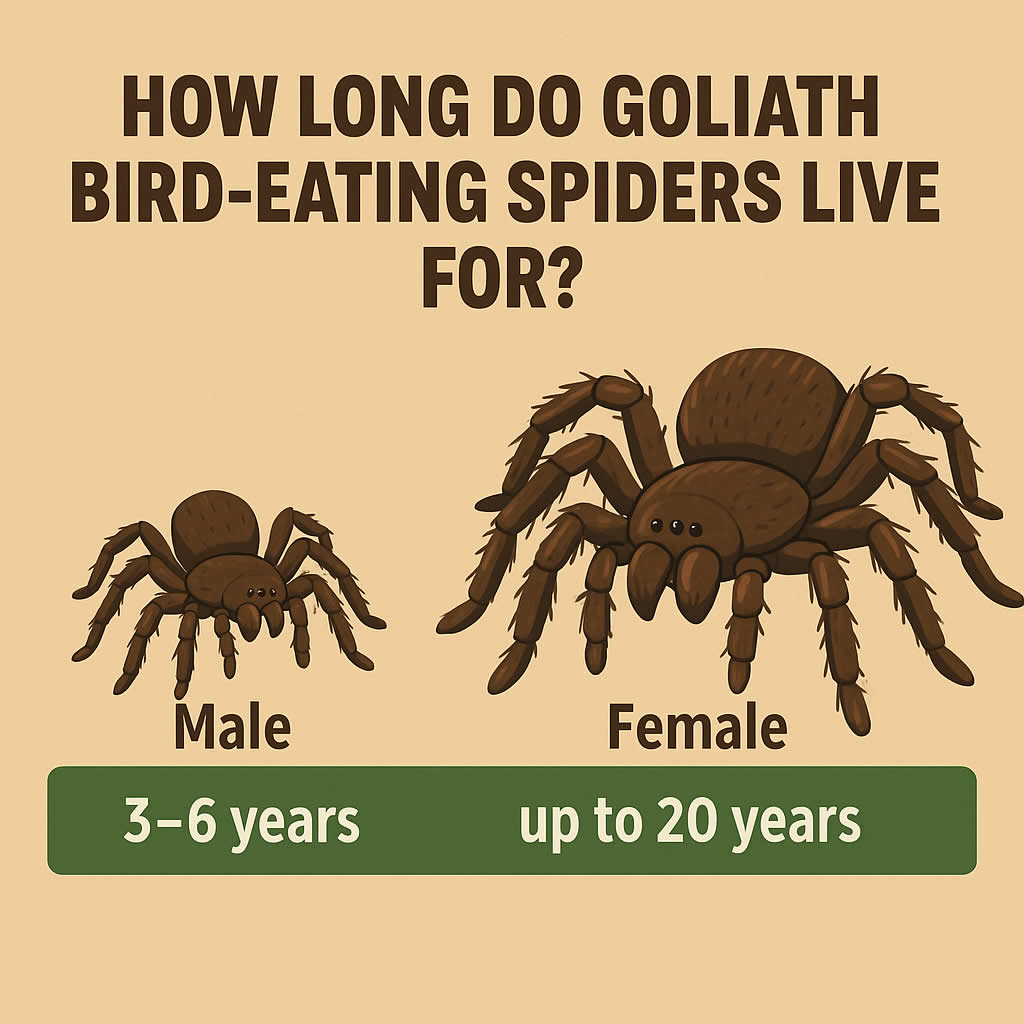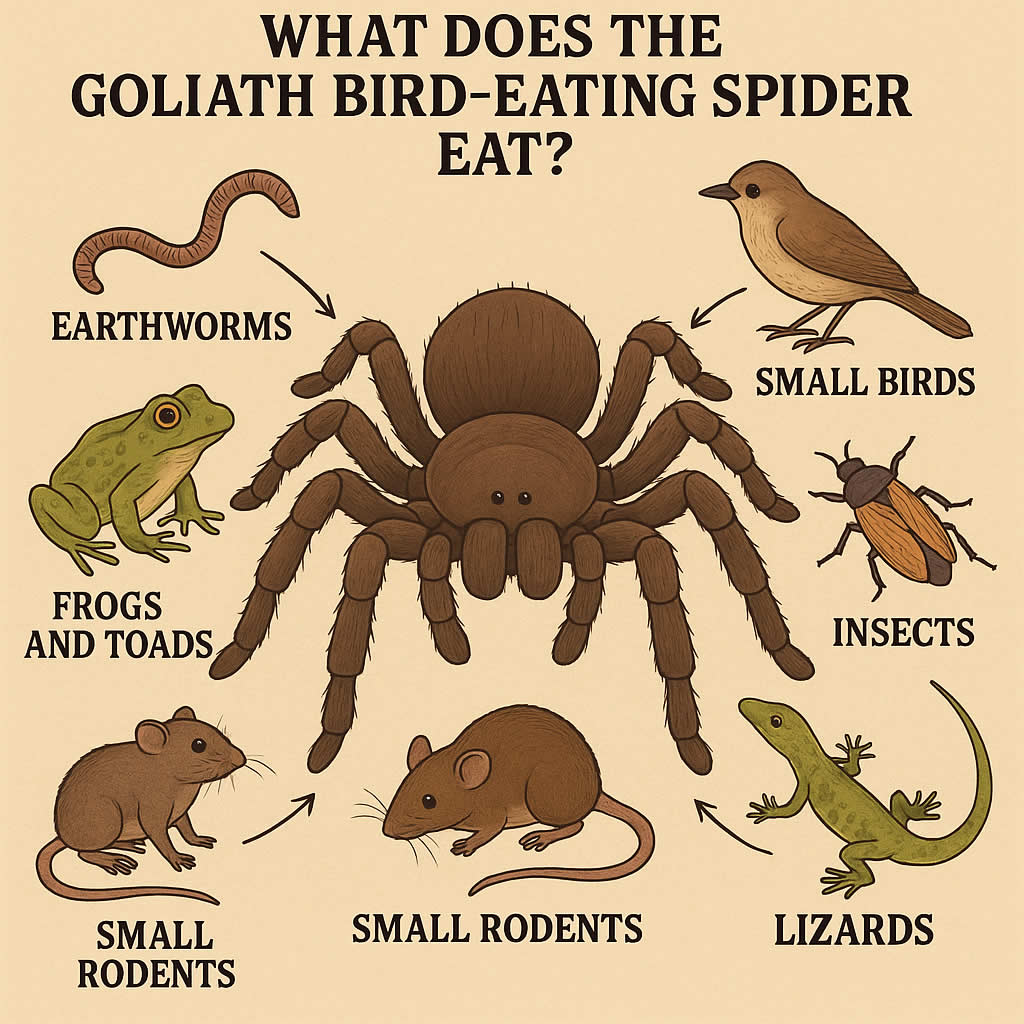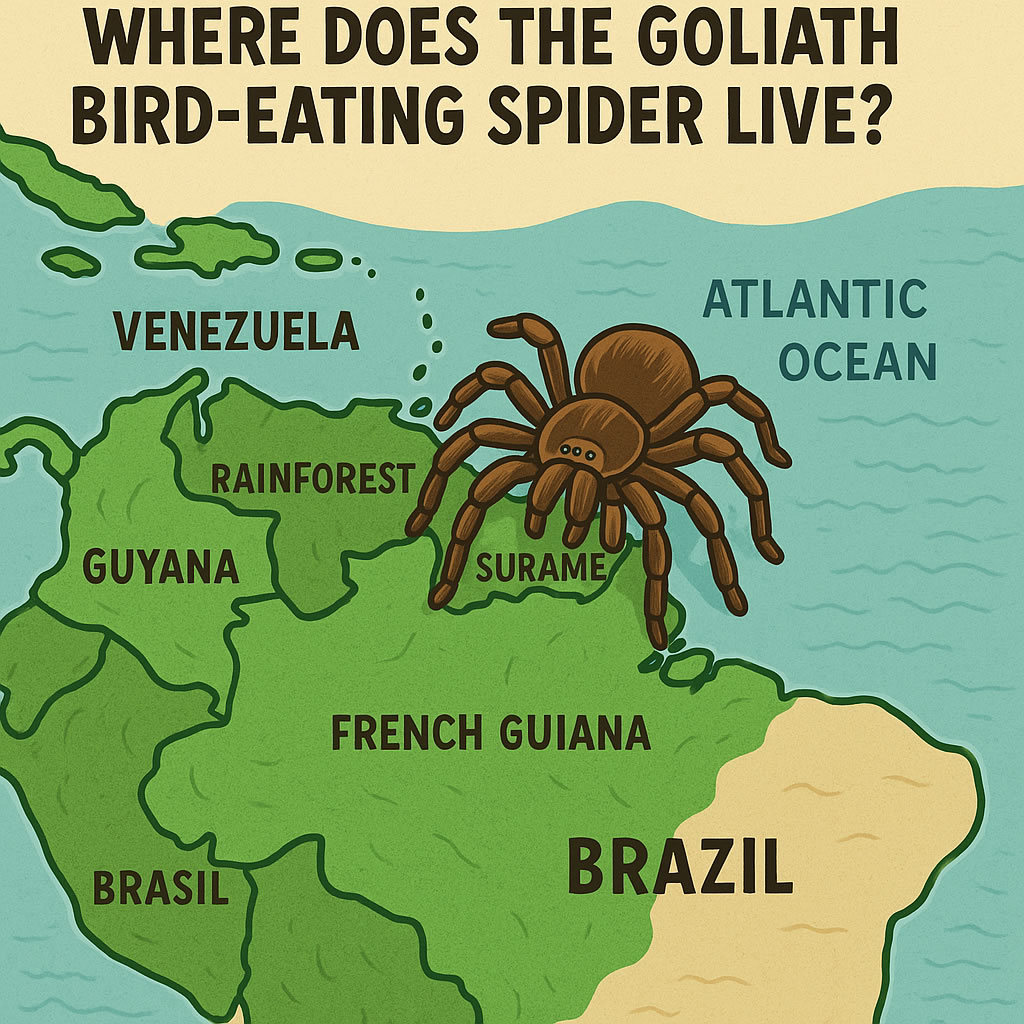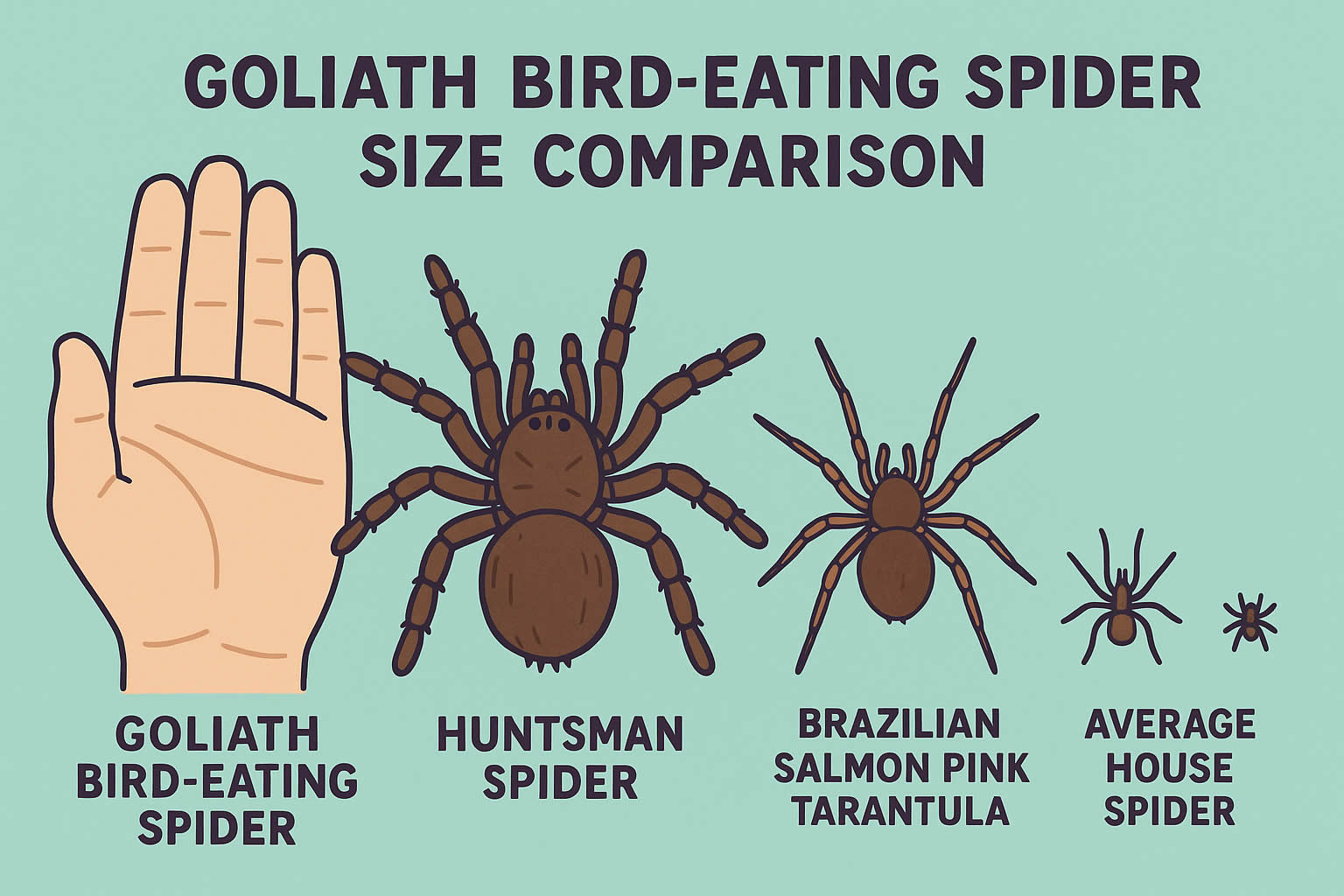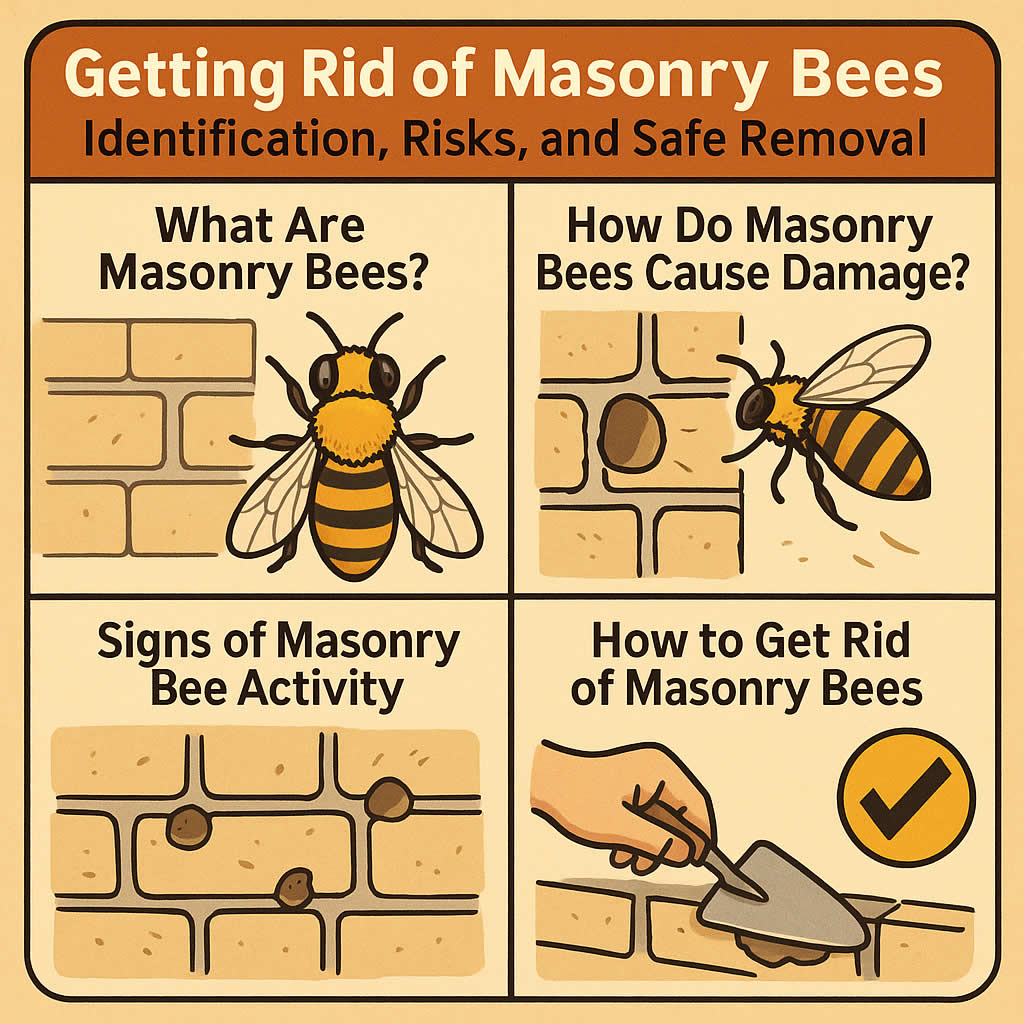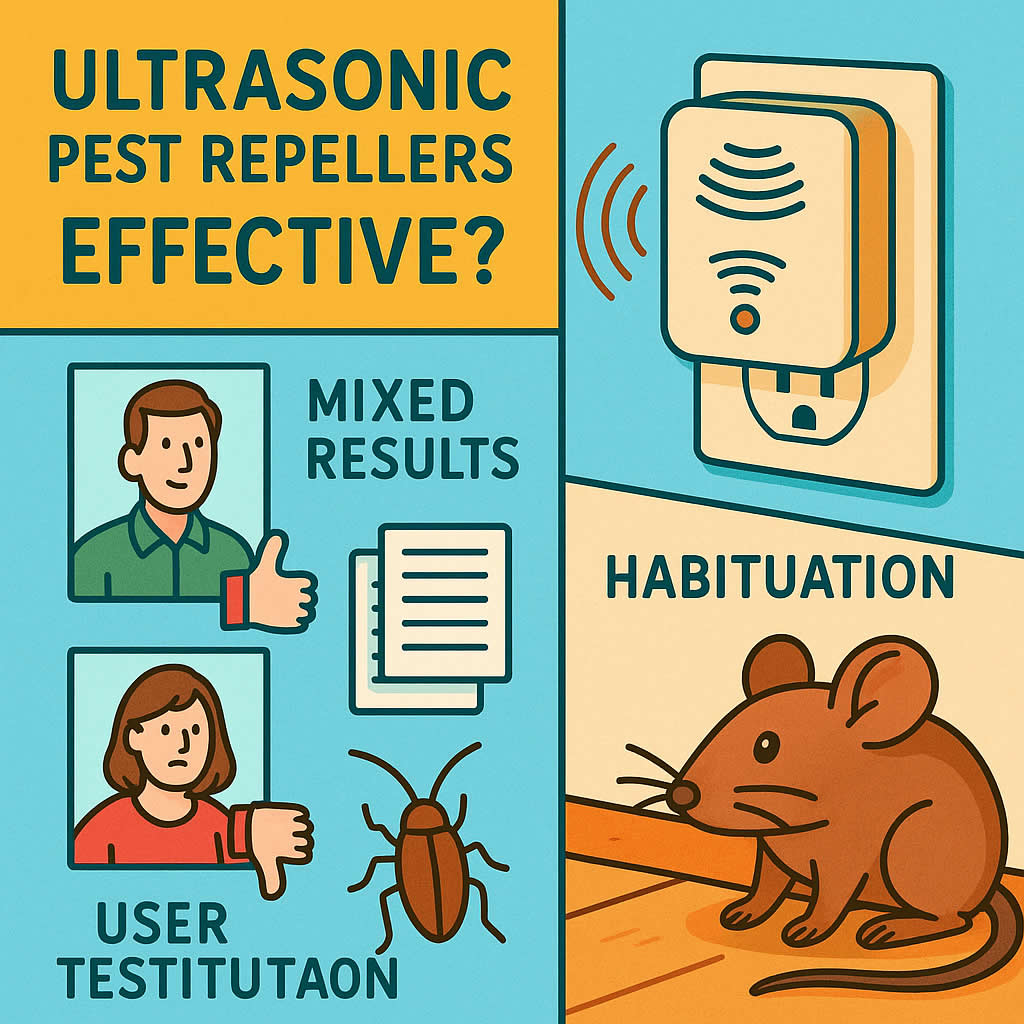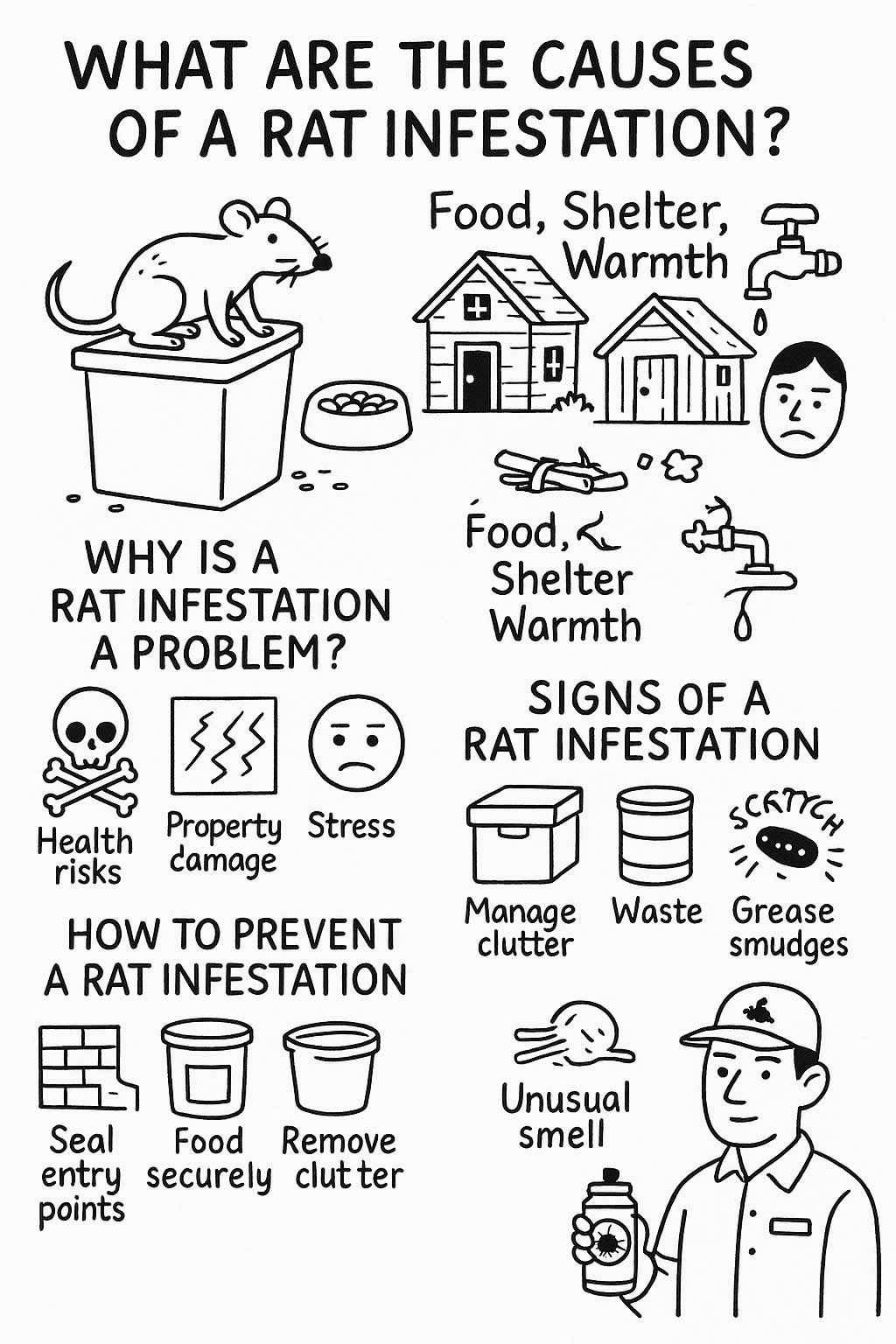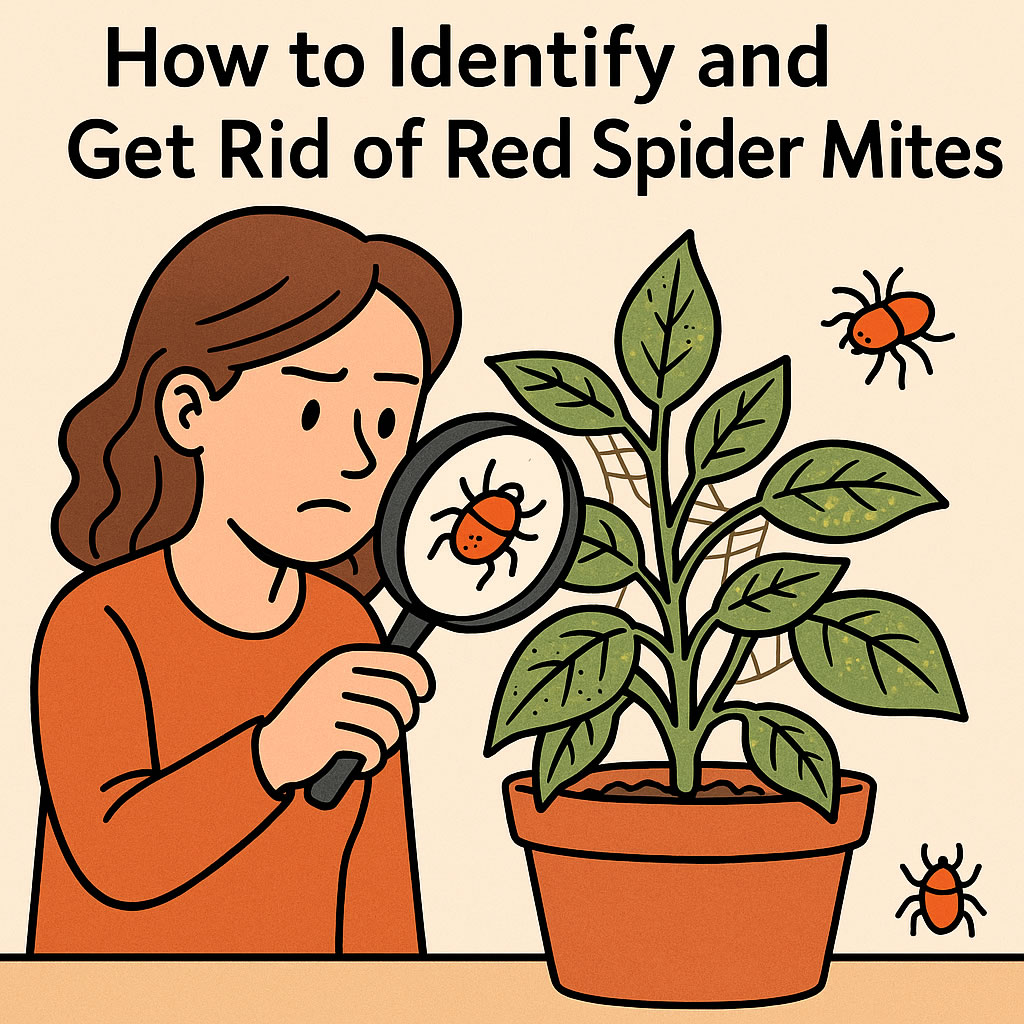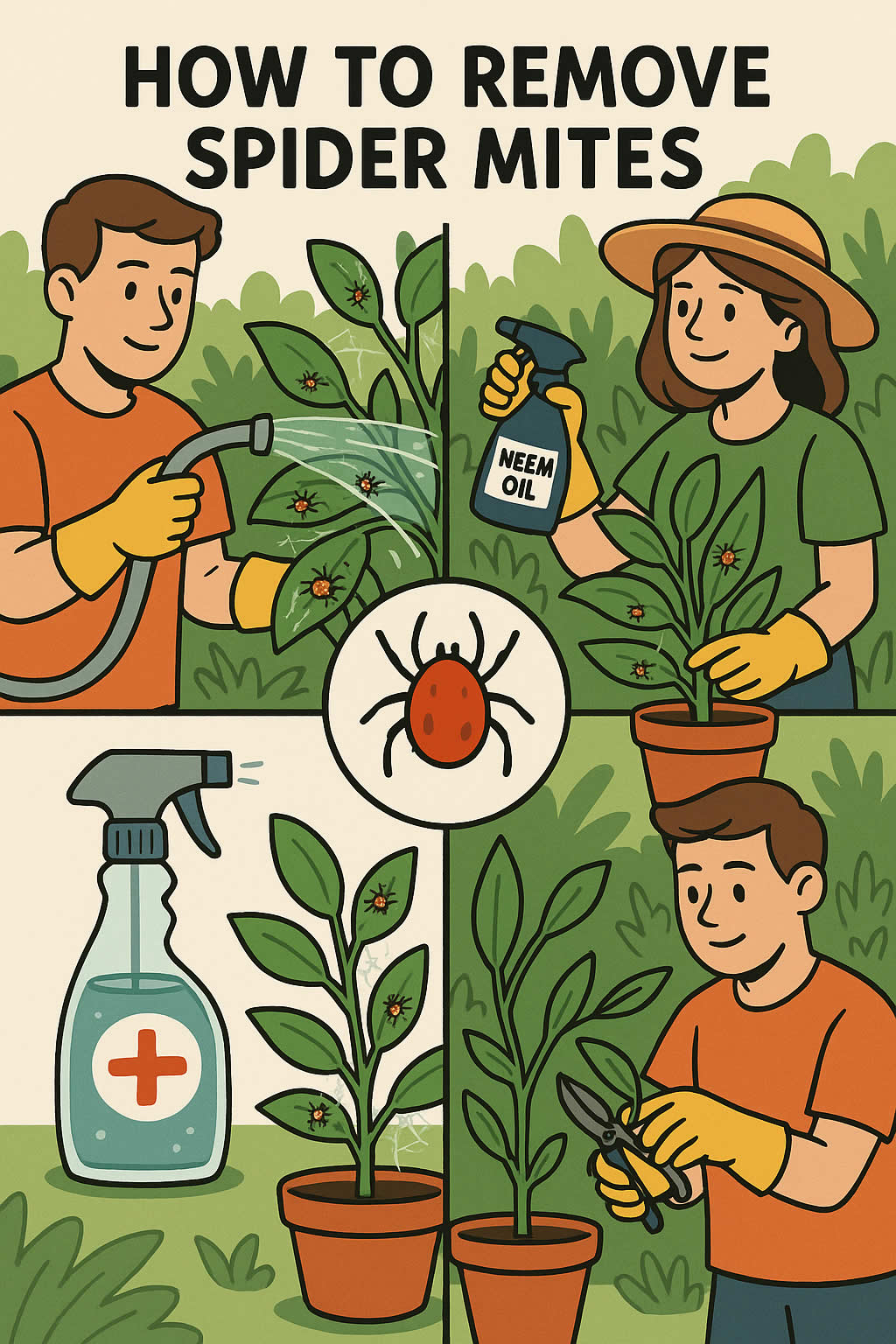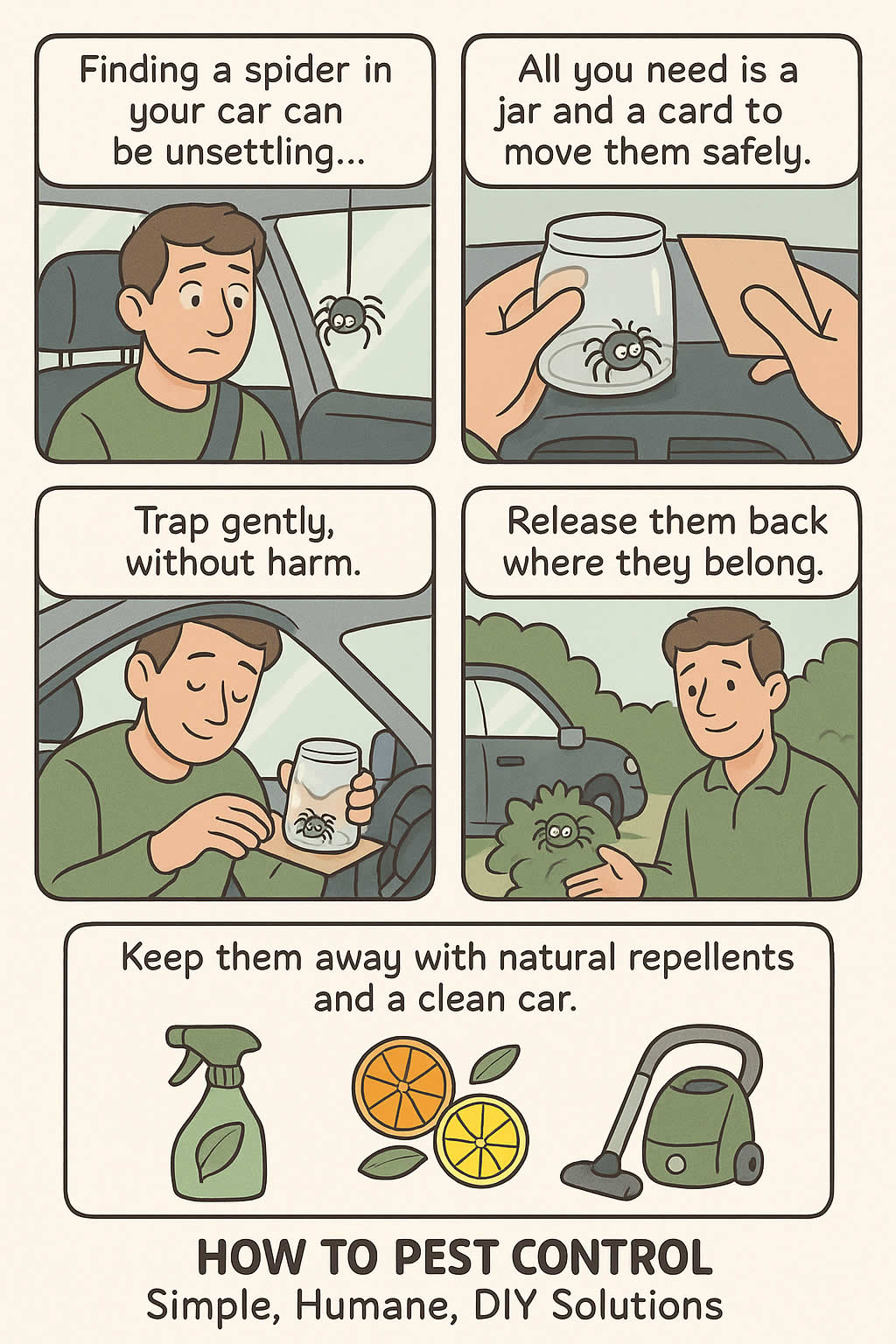Related Queries
ToggleIf you’ve noticed strange marks, tiny holes, or unusual bubbling on your walls, you might be wondering whether termites could be behind it. Drywall isn’t something most people think about when it comes to pests, but termites can and do attack it. The trouble is, their damage often starts quietly, hidden from view, and by the time you notice it, they may have been feeding for months.
Knowing the signs, understanding why termites target drywall, and learning how to tell their damage apart from other problems can help you take action before it’s too late. This guide walks you through exactly what to look for, why it happens, and what steps to take next.
Why Drywall Appeals to Termites
Drywall, also called plasterboard, might seem like a tough, non-organic material – but termites aren’t interested in the gypsum core. What they’re after is the outer paper layer, which is made from cellulose. Cellulose is a major part of wood, cardboard, and other plant-based materials, and it’s the main food source for termites.
Once termites reach that paper surface, they can tunnel through it to get to wooden studs, skirting boards, and other cellulose-rich materials in your walls. Even though the gypsum itself isn’t food, they can chew through it to keep travelling and to protect themselves while they feed.
How Can You Spot Pin-Sized Holes or Trails in Drywall?
One of the earliest warning signs of termite activity is tiny holes in your drywall. These can be:
- The size of a pinhead
- Perfectly round and clean-edged
- Sometimes filled or capped with soil, mud, or termite droppings
Subterranean termites may block these holes with a mix of soil and saliva to keep out light and maintain humidity in their tunnels. Drywood termites are more likely to plug them with frass – small, dry pellets that look like grains of sand or wood-coloured coffee grounds.
If you see a cluster of these holes or a small pile of frass on the floor or skirting beneath them, that’s a strong indication something is going on inside the wall.
You might also notice faint, wavy lines under the paint surface. These are caused when termites feed just under the paper layer, leaving visible tunnel outlines.
Could Bubbling, Peeling, or Blistering Paint Be a Termite Sign?
Bubbling or peeling paint is often linked to water damage, but termites can cause a very similar effect. As they tunnel through the drywall and paper, they leave behind pockets of air and moisture. This can make paint lift, blister, or peel away from the wall.
The difference between termite damage and water damage is subtle. Water damage often leaves brownish stains and feels damp to the touch. Termite-related bubbling may appear without any visible stains or moisture, and it can develop in areas nowhere near plumbing or leaks.
If you’re unsure, check the surrounding walls. If there’s no sign of a water source but you see bubbling paint and perhaps other clues like frass or small holes, termites could be the culprit.
What Does Hollow-Sounding Drywall Indicate?
Termites eat from the inside out, which means a wall can look intact on the outside but be hollow inside. One quick way to check is to tap gently on the surface. Healthy drywall should sound solid and slightly dense. If it sounds hollow, papery, or unusually light, it may have internal damage.
In more advanced infestations, pressing lightly on the wall might cause it to feel soft or even break through. This is a serious sign that the wall’s structure has been weakened and needs urgent attention.
Hollow-sounding drywall is especially telling when combined with other indicators like pinholes or blistering paint.
Are Mud Tubes, Frass, or Swarmers Signs to Watch For?
Yes – these are classic termite signs that often appear alongside drywall damage.
Mud Tubes
Subterranean termites build pencil-thin mud tubes as safe passageways between their underground nest and the food source inside your walls. You might spot them on interior walls, baseboards, or even inside cupboards against exterior walls.
Frass
Drywood termites push their droppings out of small holes, leaving behind neat piles of frass. These pellets are oval-shaped, with ridges, and are often a similar colour to the wood or paper they’ve been feeding on.
Swarmers and Wings
During certain times of year, reproductive termites leave the colony to start new ones. If you find discarded wings on window sills, floors, or around skirting boards, it’s a strong sign a colony is nearby – and your drywall could be at risk.
Can Termite Damage Affect Doors, Windows, and Baseboards?
Absolutely. Termite activity in drywall often extends to the timber framework around doors and windows. As they eat away at the wood, it can cause these frames to shift slightly, making doors and windows stick or become hard to open.
Baseboards and skirting boards are also vulnerable. They might look normal from the outside, but if termites have eaten from within, they can crumble under light pressure. You might notice blistering, warping, or discolouration in these areas.
How to Tell Termite Damage Apart From Water Damage or Rot
It’s easy to confuse termite damage with other wall problems, but there are differences:
- Texture – Termite-eaten drywall feels brittle and thin, while water-damaged drywall feels damp, soft, or spongy.
- Pattern – Termites leave irregular hollow spots and tunnels. Water damage often spreads in even patches or stains.
- Smell – Water damage can smell musty; termite damage usually doesn’t smell unless there’s secondary mould growth.
If you’re in doubt, getting a professional inspection is the best way to be sure.
What Should You Do If You Suspect Termite Damage?
Don’t wait. Termites can cause structural problems if left untreated. The moment you notice signs like frass, pinholes, hollow sounds, or blistering paint without a water source, take these steps:
- Make a note of every affected area – including where you’ve seen frass or wings.
- Avoid breaking into the walls yourself – this can cause termites to scatter and make treatment harder.
- Call a professional termite inspector. They have the tools to detect hidden colonies and confirm the type of termite you’re dealing with.
Once confirmed, your pest control specialist will recommend a treatment – this could be baiting systems, chemical barriers, or fumigation if the infestation is severe.
Why Acting Quickly Matters
Termites don’t rest. A small colony can grow into a major problem within months, and the damage to your drywall and wooden structures can be costly to repair. Acting as soon as you spot suspicious signs could save you hundreds or even thousands in repair bills.
By catching the damage early, you also reduce the risk of the infestation spreading to other parts of your home, such as floors, ceilings, or furniture.
How to Protect Your Drywall from Future Damage
Once you’ve dealt with an infestation, prevention is key. Here’s how to make your home less attractive to termites:
- Keep any wood or cellulose materials away from direct contact with soil.
- Fix leaks and damp areas quickly – termites are drawn to moisture.
- Store firewood well away from your home.
- Have regular professional inspections, especially if you live in an area where termites are common.
Adding these steps to your maintenance routine will help keep termites from returning – and protect not just your drywall, but your whole home.
Final Thoughts
Termite damage on drywall can be easy to miss at first. Tiny holes, faint lines, hollow sounds, blistering paint, or small piles of frass might not seem serious, but together they point to a hidden problem. By learning these signs and acting fast, you can stop termites before they cause severe structural harm.
Stay alert, carry out regular checks, and if in doubt, get a professional opinion. Your drywall – and your home’s safety – is worth the effort.
Pest Control Thorn – Pest Control Eversholt – Pest Control Begwary
